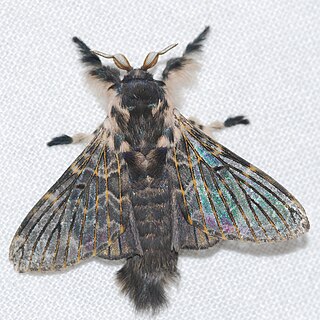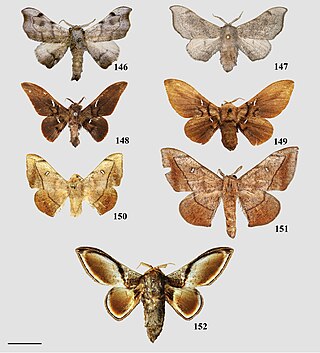
The Romani, also spelled Romany or Rromani, colloquially known as the Roma, are an Indo-Aryan ethnic group who traditionally lived a nomadic, itinerant lifestyle. Linguistic and genetic evidence suggests that the Romani originated in the Indian subcontinent; in particular, the region of present-day Rajasthan. Their subsequent westward migration, possibly in waves, is now believed by historians to have occurred around 1000 CE. Their original name is from the Sanskrit word डोम (doma) and means a member of a Dalit caste of travelling musicians and dancers. The Roma population moved west into the Persian Ghaznavid Empire and later into the Byzantine Empire. The Roma arrived in Europe around the 13th to 14th century. Although they are dispersed, their most concentrated populations are located in Europe, especially central, eastern, and southern Europe, as well as western Asia.

The Carnegie Foundation for the Advancement of Teaching (CFAT) is a U.S.-based education policy and research center. It was founded by Andrew Carnegie in 1905 and chartered in 1906 by an act of the United States Congress. Among its most notable accomplishments are the development of the Teachers Insurance and Annuity Association (TIAA), the Flexner Report on medical education, the Carnegie Unit, the Educational Testing Service, and the Carnegie Classification of Institutions of Higher Education.

Dan Waldemar Bryk is a Canadian-born singer-songwriter and recording artist. Originally from Toronto, Bryk is currently based in Durham, North Carolina. A songwriter and keyboard player, Bryk has released five full-length albums and a handful of singles, EPs and tracks on compilations.
Disconeura is a genus of moths in the family Erebidae. The genus was erected by Felix Bryk in 1953.

Nessaea is a genus of nymphalid butterflies found in the Neotropical realm. Unlike virtually all other butterflies with blue coloration, the blue colors in this genus are due to pigmentation [pterobilin ] rather than iridescence.
Gregory Michael Bryk is a Canadian film and television actor. He has appeared in numerous films and television series and is best known for his reoccurring roles in ReGenesis (2004–2008), XIII: The Series (2011–2012), Bitten (2014–2016) and Frontier (2016–2018).
Pseudocharis is a genus of tiger moths in the family Erebidae. It was erected by Herbert Druce in 1884.

Psoloptera is a genus of moths in the subfamily Arctiinae.

Labedera is a genus of moths in the family Lasiocampidae. The genus was erected by Francis Walker in 1855.

Josef Bryks, MBE, was a Czechoslovak cavalryman, fighter pilot, prisoner of war and political prisoner.

Synanthedon is a genus of moths in the family Sesiidae.
Alcathoe is a genus of moths in the family Sesiidae.
Pharneuptychia is a genus of satyrid butterflies found in the Neotropical realm.
Agaraea nigrotuberata is a moth of the family Erebidae. It was described by Felix Bryk in 1953. It is found in Brazil.

Dysschema tricolora is a moth of the family Erebidae first described by Sulzer in 1776, and spelled tricolora, though many subsequent authors have misspelled the name as tricolor. It is found in Suriname, Bolivia, Paraguay and Brazil.
Paracles sericea is a moth of the subfamily Arctiinae first described by William Schaus in 1896. It is found in Brazil.
Pseudocharis minima, the lesser wasp moth, is a moth in the subfamily Arctiinae. It was described by Augustus Radcliffe Grote in 1867. It is found on Cuba and in Florida. The habitat consists of pine rocklands, tropical hammocks and the ecotone between hammocks and salt marshes.
Sychesia melini is a moth in the family Erebidae. It was described by Felix Bryk in 1953. It is found in Brazil.
Zatrephes magnifenestra is a moth in the family Erebidae. It was described by Felix Bryk in 1953. It is found in Brazil.

Euphaneta is a genus of mimallonid moths described by William Schaus in 1928.









